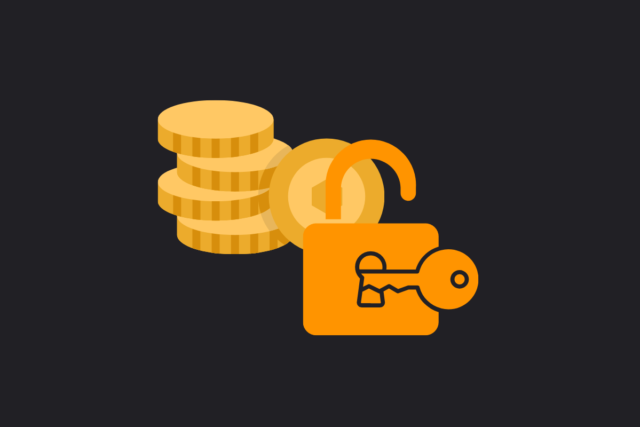- The DXY is currently trading at 104.15 with slight losses.
- The March CPI will be published on Wednesday, and investors will be attentive to its results to know the health of the economy.
- Markets continue to expect the Fed's easing cycle to begin in June.
The US Dollar Index (DXY) is currently trading with a modest loss at the 104.15 level. The fluctuations of the Dollar in the markets remain moderate, as the cautious stance of the Federal Reserve (Fed) is calibrated in light of the data that is becoming known. Strong labor market numbers released last week could justify delaying the easing cycle, while Fed officials urge patience.
The US economy has yet to show clear signs of moderation in inflation and economic activity, making the Fed comfortable to start cutting rates. Should the data show a resilient economy and easing expectations adjust, the Dollar could continue to rise.
Daily Market Moves Summary: DXY Losses Limited by Strong US Economy and Rising Treasury Yields
- Given the current sustained expansion and continued inflation in the US economy, the Fed remains cautious about modifying monetary policy and its officials urge caution.
- Markets continue to value the probability that the easing cycle will begin in June at 60%.
- US Treasury bond yields show a slight increase. The 2-year yield stands at 4.78%, the 5-year Treasury yield at 4.41%, and the 10-year yield at 4.33%.
- March Consumer Price Index (CPI) data, a crucial indicator of inflation, will be released in the United States on Wednesday.
- The general index is expected to accelerate, while the underlying index will cool down. The index outcome will likely fuel volatility in USD dynamics through moves in Treasury yields and Fed expectations.
DXY Technical Analysis: DXY Bulls Remain Weak with Bears Around the Corner
The daily chart indicators reflect a mixed sentiment in the market. The Relative Strength Index (RSI) is sloping negatively but remains in positive territory, indicating that there is uncertainty among market participants and a lack of a firm directional bias.
Additionally, there may be a hint of bearish momentum as the Moving Average Convergence Divergence (MACD) indicator shows decreasing green bars, signifying a possible slowdown in purchasing power. This could mean that the bears are slowly gaining ground. However, the DXY is trading above its 20-day, 100-day, and 200-day SMA, hinting at underlying bullish sentiment.
US Dollar FAQ
What is the US Dollar?
The United States Dollar (USD) is the official currency of the United States of America, and the “de facto” currency of a significant number of other countries where it is in circulation alongside local banknotes. According to 2022 data, it is the most traded currency in the world, with more than 88% of all global currency exchange operations, equivalent to an average of $6.6 trillion in daily transactions.
After World War II, the USD took over from the pound sterling as the world's reserve currency.
How do the decisions of the Federal Reserve affect the Dollar?
The single most important factor influencing the value of the US Dollar is monetary policy, which is determined by the Federal Reserve (Fed). The Fed has two mandates: achieve price stability (control inflation) and promote full employment. Your main tool to achieve these two objectives is to adjust interest rates.
When prices rise too quickly and inflation exceeds the 2% target set by the Fed, the Fed raises rates, which favors the price of the dollar. When Inflation falls below 2% or the unemployment rate is too high, the Fed can lower interest rates, which weighs on the Dollar.
What is Quantitative Easing and how does it influence the Dollar?
In extreme situations, the Federal Reserve can also print more dollars and enact quantitative easing (QE). QE is the process by which the Fed substantially increases the flow of credit into a clogged financial system. This is an unconventional policy measure used when credit has dried up because banks do not lend to each other (for fear of counterparty default). It is a last resort when a simple lowering of interest rates is unlikely to achieve the necessary result. It was the Fed's weapon of choice to combat the credit crunch that occurred during the Great Financial Crisis of 2008. It involves the Fed printing more dollars and using them to buy US government bonds, primarily from financial institutions. QE usually leads to a weakening of the US Dollar.
What is quantitative tightening and how does it influence the US dollar?
Quantitative tightening (QT) is the reverse process by which the Federal Reserve stops purchasing bonds from financial institutions and does not reinvest the principal of maturing portfolio securities in new purchases. It is usually positive for the US dollar.
Source: Fx Street
I am Joshua Winder, a senior-level journalist and editor at World Stock Market. I specialize in covering news related to the stock market and economic trends. With more than 8 years of experience in this field, I have become an expert in financial reporting.







